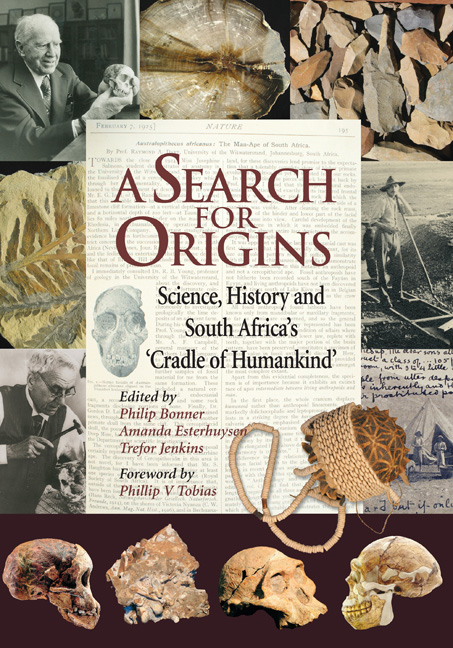Book contents
- Frontmatter
- Contents
- Map
- Foreword
- PART 1 Introduction: Africa is Seldom What It Seems
- PART 2 Introduction: Fossils and Genes: A New Anthropology of Evolution
- PART 3 Introduction: The Emerging Stone Age
- PART 4 Introduction: The Myth of the Vacant Land
- PART 5 Introduction: The Racial Paradox: Sterkfontein, Smuts and Segregation
- Epilogue: Voice of Politics, Voice of Science: Politics and Science After 1945
- Notes, references and recommended reading
- Notes on contributors
- Acknowledgements
- Index
PART 1 - Introduction: Africa is Seldom What It Seems
Published online by Cambridge University Press: 31 May 2019
- Frontmatter
- Contents
- Map
- Foreword
- PART 1 Introduction: Africa is Seldom What It Seems
- PART 2 Introduction: Fossils and Genes: A New Anthropology of Evolution
- PART 3 Introduction: The Emerging Stone Age
- PART 4 Introduction: The Myth of the Vacant Land
- PART 5 Introduction: The Racial Paradox: Sterkfontein, Smuts and Segregation
- Epilogue: Voice of Politics, Voice of Science: Politics and Science After 1945
- Notes, references and recommended reading
- Notes on contributors
- Acknowledgements
- Index
Summary
The ‘Cradle of Humankind’ opens windows onto many pasts: onto the origins and evolution of humanity; onto the ever-expanding frontiers of science in the fields of palaeontology, geology and genetics; onto the remarkable group of scientists that drove these frontiers forward; onto several of the most momentous and formative moments of South Africa's more recent history, including its peopling by its present African population; and onto the often strange, sometimes tortured psyche of a large slice of white South Africa after it came to dominate the sub-continent in the late nineteenth century. The ‘Cradle of Humankind’ can thus deservedly claim a special status among the heritage sites recording South Africa's past, offering as it does a privileged vantage point from which to understand what it means to be human and what it meant and currently means to be South African.
Part of the enduring appeal of the Cradle is that what it means and what it stands for are in a constant state of motion or flux. The boundaries of science at the Cradle are regularly pushed forward through new fossil discoveries, as can be seen most graphically perhaps in Ron Clarke's unique discovery of a near-complete early hominid skeleton, which has been nicknamed ‘Little Foot’, and through entirely new domains of science previously unimagined (such as DNA studies). Even though early hominid fossils were recognised at Taung and Sterkfontein in the 1920s and 1930s, their true antiquity and hence significance was only grasped after the Second World War. Similarly, the way in which the Cradle region marks and bears witness to many of the key phases of more recent South African history has only been perceived by scholars in the last thirty years, and has still to filter fully into the wider public consciousness. One purpose of this volume is indeed to help make this knowledge more public.
Partly because of these scholarly and scientific advances, partly because of political shifts, the place of the Cradle in South Africa's public life has also been subject to change. The paradoxes that this raises are noted in Saul Dubow's chapter in this volume. One of the prime patrons of the Cradle's claim to be the site of the origins of humanity was South Africa's four-times prime minister and public intellectual, Jan Christiaan Smuts.
- Type
- Chapter
- Information
- A Search for OriginsScience, History and South Africa's ‘Cradle of Humankind’, pp. 1 - 8Publisher: Wits University PressPrint publication year: 2007



